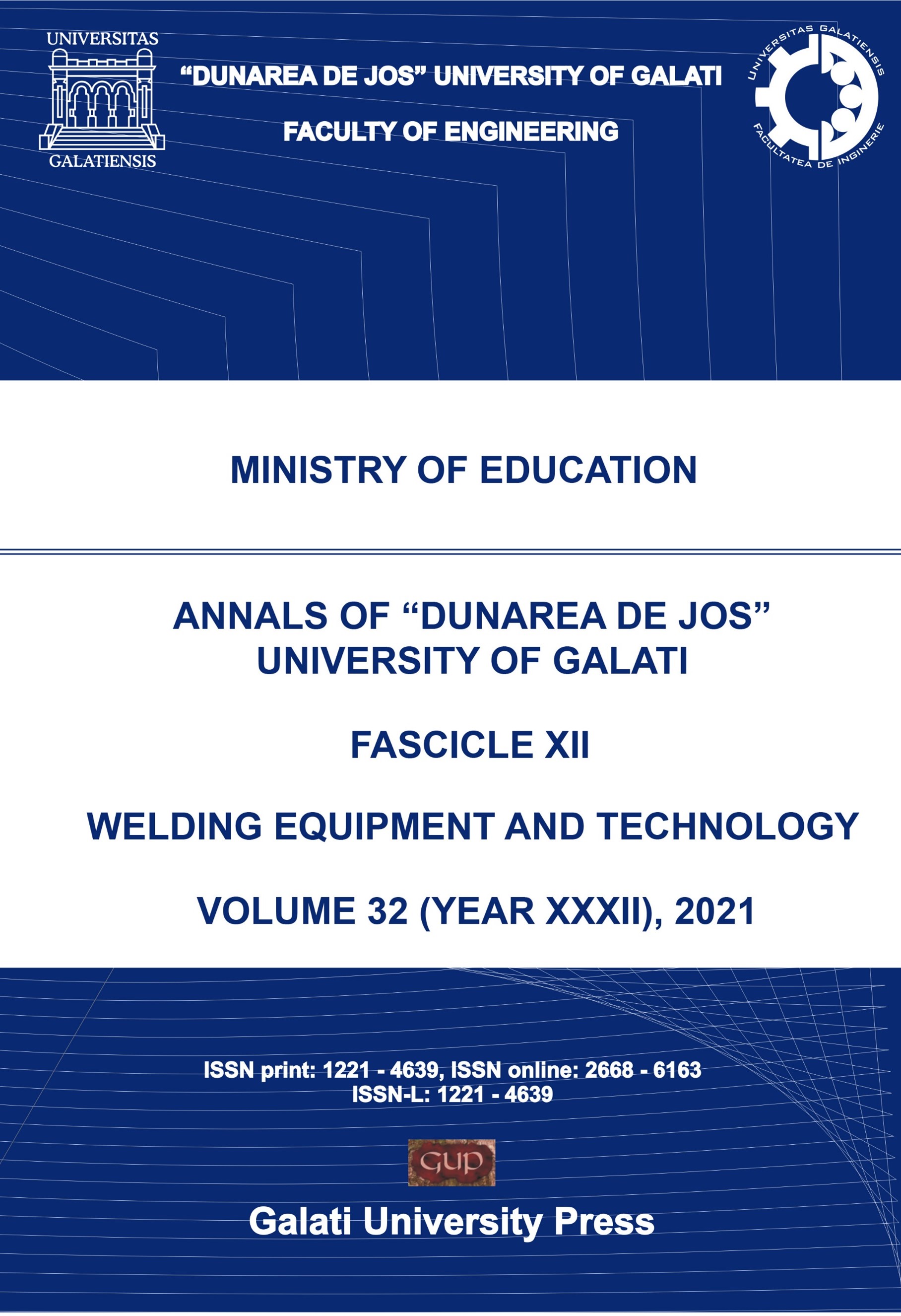Structure and Fracture Visualization of Tilted ABS Specimens Processed via Fused Filament Fabrication Additive Manufacturing
Abstract
Fused filament fabrication (FFF) technique is one of the most frequently used additive manufacturing (AM) technologies for printing ABS and many other thermoplastic materials. The anisotropy of the mechanical properties of 3D-printed parts manufactured by FFF technology is still of major concern when using this technique. Thus, the component’s orientation, build strategy and printing parameters affect the mechanical properties, and failure mechanisms are of crucial importance. This research aims to partly fill this gap by studying the structure and mechanical behavior of FFF-ABS specimens, and by performing fracture surface analysis by the three-point bend flexural test. A series of tests were conducted to determine the flexural properties of tilted specimens at 0°, 15°, 30°, 45°, 60° and 75° inclination angles relative to the machine platform. The work describes manufacture method of the specimens, experimental procedures, and outcomes from the mechanical and structural characterizations of the FFF-ABS specimens. Overall, two main failure modes were observed for the tested specimens: (1) inter-layer/ inter-raster bond failure (typical for upright specimens) and (2) intra-layer/trans-raster failure (typical for on-edge specimens). A mixed inter-layer/ intra-layer mode was found for the specimens tilted in-between the 15o and 60o range.
Downloads
Papers accepted for publication become the copyrighted property of the Annals of "Dunarea de Jos" University of Galati, Fascicle XII, Welding Equipment and Technology. No part of the publication may be reproduced or transmitted in any form, or by any means, electronic or mechanical, including photocopy, recording, or any information storage and retrieval system, except in limited quantities for the non-commercial purposes of scientific or educational advancement, without permission in writing from the Editorial Board.


